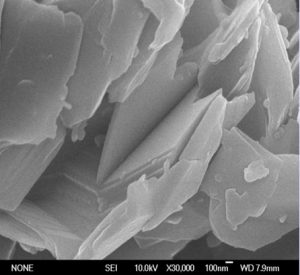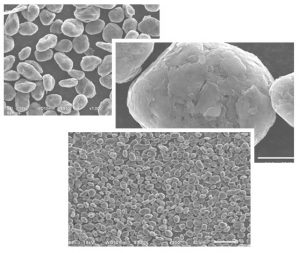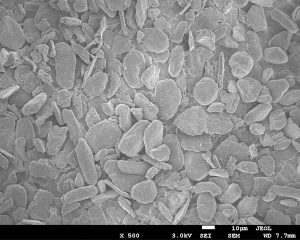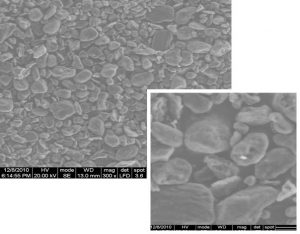Overview of graphite spheroidization technology for carbon anode used in lithium battery industry
- Lithium-ion battery anode materials include flake natural graphite, mesophase carbon microspheres and petroleum coke-based artificial graphite.
- Carbon material is currently the main negative electrode material used in lithium-ion batteries, and its performance affects the quality, cost and safety of lithium-ion batteries.
- How to improve the safety of lithium-ion batteries, especially how to develop negative electrode materials that meet the requirements of power batteries, is a concern for materials companies.
- In addition to raw materials and process formulas, which determine the performance of negative electrode materials, it is also one of the important factors to provide equipment and technologies such as carbon graphite crushing, spheroidization, shaping, and classification with stable performance and high efficiency and energy saving.
Milling stage:
Whether it is artificial graphite or natural graphite, it is crushed several times through several sets of CSM710 units (the naming method of each manufacturer is different) to become a D50:20μm powder. According to the different raw materials, the number of pulverization is different: For example, large scale natural graphite is generally crushed 4-6 times, and artificial graphite is generally crushed 1~3 times.
Spheroidization stage:
Generally, they tend to use a system of CSM410 and horizontal high-precision turbo classifiers for shaping. The classifier is used to remove fine powder produced by shaping in time. According to the different raw materials, the number of shaping is different. Natural graphite generally 8-12 times of shaping, artificial graphite generally 2 to 4 times of shaping.
(After long-term process practice, we have explored and optimized different spheroidizing process schemes for natural flake graphite and artificial graphite, for your reference.)
Natural flake graphite spheroidization process
Raw materials are milled by a single set of CSM710 special milling machine, particle size of raw materials is milled to a fine powder with particle size of D50: 21-23μm, which is convenient for the next process to be spherical. Through the CSM510 type spheroidizing machine equipped with the FW260 high efficiency classifier series unit process, the particles are prepared into spheroidized graphite particles with particle size of D50: 19-20μm, and CSM410 spheroidizing machine is equipped with FW230 high efficiency classifier series unit. Change the particle size to D50: 15-17μm potato-shaped graphite particles;


(The picture on the left is the raw material of flake graphite, and the picture on the right is the product after spheroidization of flake graphite)
Artificial graphite spheroidization process
Raw materials are uniformly sent to the CSM710 special mill single set series unit through the screw feed for ultra-fine grinding. Raw material particle size is milled to D50:23-25μm fine powder, which is convenient for the next process to be spheroidized. Through 3 sets of CSM510 type spheroidizing machines equipped with FW260 high-efficiency classifiers and several sets of series unit processes, the particles are prepared into graphite powder with particle size of D50: 19-21μm, and the required qualified potato-shaped balls are obtained through the special graphite surface modification and shaping equipment.


(The picture on the left is the raw material of artificial graphite carbon, and the picture on the right is the product after shaping the raw material of artificial graphite)
Comparison of milled particle size of graphite spheroidization technology
 Graphite carbon raw material
Graphite carbon raw material

Milled by CSM710

Spherical by CSM510

Shaping by CSM410
